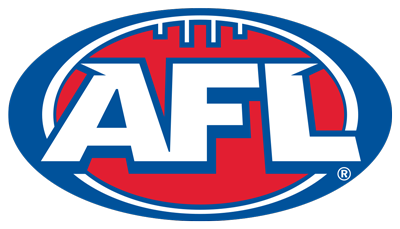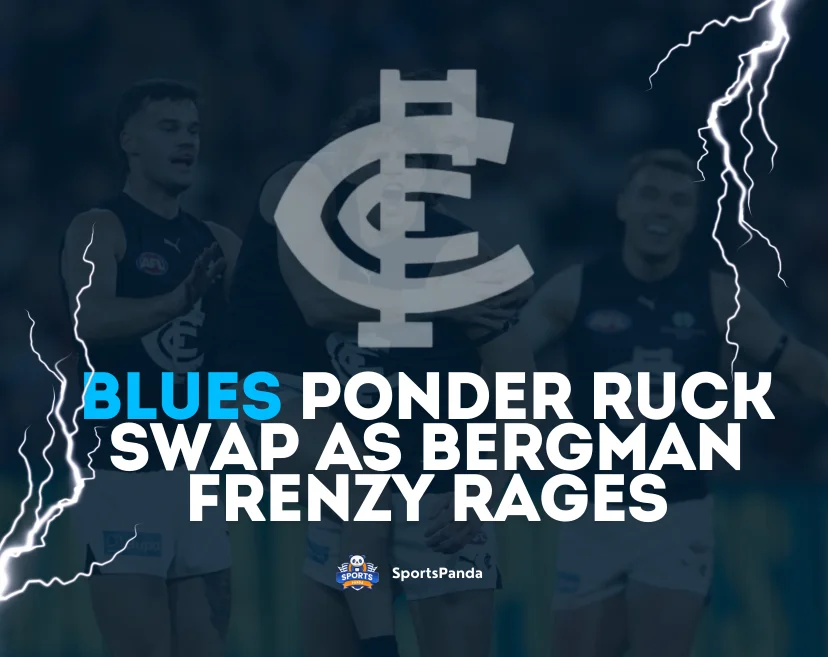Behind the Scenes: How Much Do AFL Players Get Paid?
Last updated on October 1, 2024 at 14:16 pm
Posted on September 17, 2024 at 14:46 pm
You might be surprised to learn just how much AFL players earn, with salaries spanning from around $100,000 for rookies to over $1 million for the league's top talent. Factors like experience, performance, and market demand significantly influence these figures. But what about the hidden aspects of their income? Consider the impact of sponsorship deals and the evolving financial landscape, which could reshape earnings in the years to come. Understanding these nuances reveals a complex financial world that extends well beyond the field. What else could be driving these changes?
Overview of AFL Salary Ranges
When you look at AFL player salaries, you'll notice a wide range that reflects various factors like experience, talent, and team budgets.
At the lower end of the spectrum, rookie players often earn around $100,000 per season, which serves as an entry point into the league. As players gain experience and prove their skills, their salaries can increase significantly, with many mid-tier players earning between $300,000 and $600,000 annually.
The highest-paid players, typically seasoned stars or key position players, can command salaries that soar to $1 million or more per year. It's not uncommon for elite players to sign contracts that include performance bonuses, which can further boost their earnings. In addition to base salaries, many players also benefit from sponsorship deals and endorsements, which can add substantial income.
The overall salary cap set by the AFL also plays a crucial role in determining how much teams can allocate to individual players. This dynamic nature of AFL salaries offers a fascinating insight into the financial landscape of professional Australian rules football, showcasing the varying levels of recognition and reward within the sport.
Factors Influencing Player Salaries
When it comes to player salaries, several key factors come into play. You'll notice how market demand dynamics, a player's experience level, and a team's revenue structure significantly impact what athletes earn. Understanding these influences can help you grasp the complexities behind AFL salaries.
1- Market Demand Dynamics
Market demand dynamics play a crucial role in determining AFL players' salaries, shaped by various factors that influence how much clubs are willing to pay.
- One significant factor is the overall popularity of the league. As more fans tune in and attend games, clubs generate higher revenue, which allows them to offer more competitive salaries. If the league sees a surge in viewership or merchandise sales, you can expect player salaries to reflect that increased financial capability.
- Another important aspect is the performance of individual players. If a player consistently delivers outstanding performances, their market value rises, compelling clubs to bid higher for their services.
- Additionally, the competitive nature of the league plays a part. With clubs vying to secure the best talent, a bidding war can drive salaries up significantly.
- Lastly, media rights deals and sponsorships also impact salaries. When lucrative contracts are negotiated, clubs benefit financially and are more inclined to invest in top players.
2- Player Experience Level
Experience level significantly influences AFL players' salaries, with seasoned players often commanding higher pay than their less experienced counterparts. When you look at the salary distribution, it's clear that players who've been in the league for several years bring a wealth of knowledge and skills that teams value. They've honed their abilities through countless matches, and this experience translates into better performance on the field.
- As a player, your experience level not only impacts your salary but also your bargaining power during contract negotiations. Teams are more likely to invest in players who've proven themselves over time. If you're a rookie, you're likely to start on a lower salary, while established players can negotiate contracts that reflect their contributions and leadership roles.
- Moreover, experienced players often serve as mentors for younger teammates, adding another layer of value. Their ability to guide and develop talent is something teams take into account when determining salaries.
- In short, your experience in the AFL plays a crucial role in shaping your financial rewards, making it an essential factor in the overall salary structure.
3- Team Revenue Structure
Understanding the team revenue structure is vital for grasping how player salaries are determined in the AFL. Each club's financial health directly influences what they can offer players. Factors like ticket sales, sponsorship deals, and merchandise revenue play a crucial role in shaping the salary cap and individual contracts.
Here are some key elements that affect team revenue:
Broadcast Rights: Revenue from TV deals significantly boosts a club's financial resources, allowing for higher player salaries.
Sponsorships: Firms looking to advertise through clubs can provide substantial funds, which can then be invested in the player roster.
Matchday Income: Ticket sales and concessions during games directly impact a team's income, affecting how much they can spend on players.
Membership Fees: Loyal fans contribute through memberships, providing a steady stream of revenue that supports player salaries.
Also Read: Mastering AFL Ball Smothering: Techniques, Tips, and Training Drills
Comparison With Other Sports
When you compare AFL players' salaries to those in other major sports, the differences can be striking. For instance, while the average salary for an AFL player hovers around AUD 400,000, NBA players can earn around AUD 10 million each season. This disparity highlights how the commercial landscape varies across sports.
- Soccer: In soccer, top players command astronomical salaries, often exceeding AUD 20 million a year, driven by lucrative broadcasting deals and global fan bases.
- Rugby: Even in rugby, where players earn less than AFL athletes on average, the elite can pull in substantial paychecks, especially when playing in international leagues.
- NFL: Moreover, the structure of contracts in AFL differs significantly from those in sports like the NFL. In the NFL, rookie contracts can be worth millions, while in AFL, rookies tend to start at lower salaries, gradually increasing as they prove themselves.
This variation in pay reflects not just the popularity of the sport but also the financial ecosystems surrounding each league. Understanding these differences provides a clearer picture of where AFL stands in the broader sports salary landscape.
Sponsorship and Endorsement Deals
Sponsorship and endorsement deals play a significant role in boosting AFL players' earnings, often supplementing their salaries in ways that can rival the base pay from their clubs. Many players find themselves in lucrative agreements with brands keen to leverage their popularity and visibility. These deals can transform a player's financial landscape, allowing for a more comfortable lifestyle and greater financial security. You might be surprised by the diversity of brands and industries that seek partnerships with AFL stars.
Here are some common types of sponsorships players engage in:
Sports Apparel: Players often partner with companies manufacturing athletic wear, promoting their products on and off the field.
Health and Fitness: Brands focusing on supplements, nutrition, or fitness equipment frequently target players for endorsements.
Automotive: Many players sign deals with car manufacturers, showcasing their vehicles in commercials or events.
Media and Technology: Partnerships with streaming services, gaming companies, or tech brands have become increasingly popular.
Future Trends in AFL Salaries
As the AFL continues to evolve, you can expect player salaries to follow suit, reflecting changes in the league's revenue streams and market dynamics. With increased broadcasting deals and a growing fan base, the financial landscape is shifting. As a result, you might see salary caps rise, allowing clubs to invest more in their talent.
Moreover, the trend towards individual sponsorships and brand partnerships is set to expand, leading to higher overall earnings for players. Keep an eye on younger players breaking into the league; they might command higher salaries due to their potential and marketability.
Here's a quick look at some projected trends in AFL salaries:
As these trends unfold, you'll see a more dynamic salary environment, benefiting players and enriching the league's overall competitiveness.
Conclusion
In conclusion, AFL players' salaries reflect their experience, performance, and market demand, ranging from $100,000 for rookies to over $1 million for top stars. As broadcasting revenues and fan engagement continue to grow, you can expect salaries to rise even further, making AFL an increasingly competitive space for player earnings. With lucrative sponsorship and endorsement deals, it's clear that the financial landscape for AFL players is evolving, promising exciting opportunities ahead.
_________












